The Phoenician God Hermes was often represented in ancient art carrying a ram. Zeus, the greatest of all Greek Gods had once 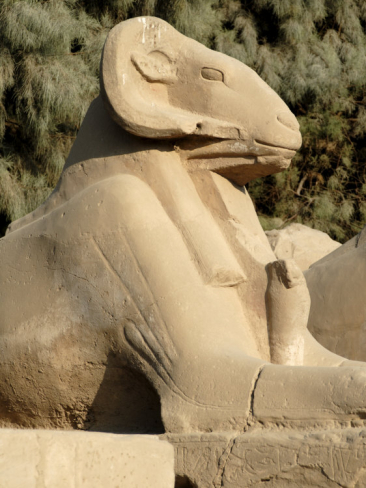 exhibited himself to Hercules clad in the fleece and wearing the head of a ram. The Hindu version of the ram is the name Brahmin.
exhibited himself to Hercules clad in the fleece and wearing the head of a ram. The Hindu version of the ram is the name Brahmin.
The Freemasons honor the symbol of the Ram in the name of their Masonic King known as Hi-Ram Abiff. The Jews today uses a ram’s horn known in Hebrew as a shofar to announce their holy days and drive away evil spirits.
Elihu was the Hierophant, one of the wise friends of Job, he proclaimed himself “ of the kindred of Ram,” or an A-ram-ean (Genesis ’ xxii, 21). This name became one of the first Christian kingdoms known as Armenia. In Palestine, there were several very ancient towns that were called Rama, and the capital of the followers of the Ram was later moved to a place in Italy that we know as Rome (Roma or Ram-a).
In Christianity, many of these ancient symbols were changed and incorporated into the religious fold where the ram becomes the lamb and Jesus the Lamb of God. The Irish Luam signifies the head of the Church, an Abbot and in Tibet the lamb is known as the Dali Lama.
The Meaning of the Symbol of the Ram
In the Hebrew language and the Old Testament, the meaning of “El” is the noun singular form of the word God, and “Elohim” is the plural version “gods.” El also signifies the zodiacal sign Aries who is known as the heavenly ram and first of the twelve zodiacal figures.
Aries means ram in Latin and the symbol for Aries is the Ram. Aries is ruled by Mars who in Roman mythology was the God of War. To strike like and push like a ram. In the military and its global police force, they use a battering-ram to bust down the doors of law breakers and combatant enemies of the state, church and or crown. Pliny had said its first use was used in the Battle of Troy.
The original House of Israel was formed in the treaty between Ramses II and Hattusili III of Hatti, the Hittite chief, the royal court refers to Jupiter as “the lord of the heaven” who they had promoted as God of the entire cosmos, possessing all the positive qualities previously attributed to the other gods and goddesses.
This is thier tribal God and why it is written in the Scripture, “Thou shalt have no other Elohim but Me” [Exod. xx. 3]. “Yahweh, He is the Elohim, Yahweh, He is Yahweh the Elohim” [1 Kings xviii. 39]. “They are no Elohim, but the work of men’s hands” [2 Kings xix. 18]. Isaiah 44:6; “Thus saith YHWH the King of Israel, and his redeemer YHWH of hosts; I am the first, and I am the last; and beside me there is no El.”
Yahweh was the new name given by Moses under the tribe of the Israelites. The Hebrew language is derived from the Phoenicians and their book is called the Old Testament. It is a creation of the High Priest Phoenician Bards who are known as the Levites such as Moses, who had declared in his address to the Israelites in Deuteronomy, ch. iv. C. “Hear, O Israel, Jehovah, our Elohim is one Jehovah.”
Manly P. Hall had written in “How to Understand Your Bible;”It has recently been stated that Michelangelo placed horns on his statue of Moses by mistake. In reality they are most significant. They are the horns of Jupiter Ammon, the same symbol which is later to appear again as the horns on the corners of the Hebrew alter.
The horns are those of the celestial Ram, Aries, the leader of the flocks of heaven. The same symbol traces from the fact that during the time of Moses the vernal equinox took place in the sign of the Ram, and the horned Sun was the symbol of truth. Ram, the mind-light god of the Egyptians, is likewise represented as wearing a helmet adorned with the curling horns of the ram.”
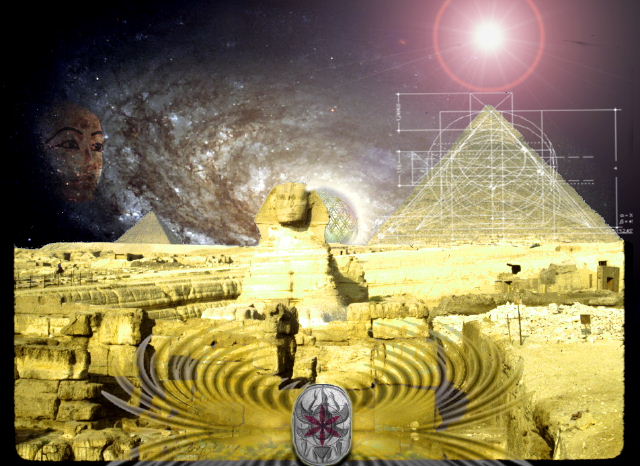 The symbolism of the ram originally comes down to us from Ancient Egypt near the Nile Delta and later the island of Crete in Greece. It is such an important symbol that some Egyptian Pharaohs were name after the ram being called Ramesses, and the word Pyramid or Py-Ram-id means the “paternal power of Ram.”
The symbolism of the ram originally comes down to us from Ancient Egypt near the Nile Delta and later the island of Crete in Greece. It is such an important symbol that some Egyptian Pharaohs were name after the ram being called Ramesses, and the word Pyramid or Py-Ram-id means the “paternal power of Ram.”
In Egyptian mythology the Ram of Mendes, Jupiter Ammon and Osiris were known as Gods of nature, and symbologically they represent the Soul of the World and King of the Heavens, Jupiter. Aristotle said that Jehovah was Ormazd, the god of light, and Pluto, the god of darkness.
In ancient times, one of the main cities for the worship of the Ram was in Mendes which is also known by the Egyptian name “To-Banebdjedet.” A name meaning “The domain of Ram Djedet gentleman.” This was the the center of worship of Ram Ba. Other Egyptian Gods who used the Ram as their symbol were Amon Ra who became Jupiter Ammon and Osiris. The God Amon Ra had held the highest seat of the Gods in the land of the pyramids for many centuries. Amon Ra or Jupiter Ammon, was usually represented by rams horns or the figure of a ram.
Often, the horns would adorn the Pharaohs, or would take human shape. Here is Menmaatre Seti I (or Sethos I as in Greek) donning the horns of the ram in the below image. Seti was a pharaoh of the New Kingdom Nineteenth Dynasty of Egypt, the son of Ramesses I and Queen Sitre. His family and followers would also be known in the Gnostic world as the Sethians.
The head and the horn of the ram were symbolic of activity and creative energy. Also as the insignia of Initiation into the secret mysteries, and sign of their royal power. The ancient Egyptian Initiates were called “ Serpents on two legs.” This is why many Pharaohs took on the name of Rama or Ramses when they had ruled over their empires.
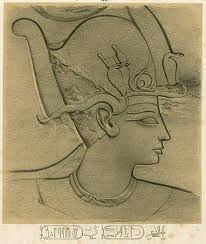 Here is an image of Ramesess III to the left who is also depicted with the ram horns. You will find many important initiate Pharaohs, kings and High Priest law givers over the course of history who are depicted on statues and coins wearing the horns of the initiate.
Here is an image of Ramesess III to the left who is also depicted with the ram horns. You will find many important initiate Pharaohs, kings and High Priest law givers over the course of history who are depicted on statues and coins wearing the horns of the initiate.
Like it was done in ancient Egypt with the Rammesses, today the name Ram is used today in Israel. Among the famous people named Ram are author Ram Oren and architect Ram Karmi. There is also the Chicago Mayor, Rahm Emanuel’s whose first name is written (in Hebrew) in the same way, but he was actually named after a man named Rahamim.
THE RAM IN JUDAISM AND CHRISTIANITY
The Roman poet, Ovid had said that the “Horn of plenty” is given in Greek mythology to the goat which nursed the infant god Zeus on the isle of Crete, afterwards transferred to the stars. The meaning of Latin Cornu-copia is the Horn of Plenty, and would be attributed to the She-goat. The word cornucopia is a compound Latin word cornu which means horn, and copia meaning “plenty or “abundance.” It is originally derived from the Hebrew קרן QeReN (qeren or keren) and Greek κερας, keras. (“horn”- Deuteronomy33:17). The Hebrew word for a horn, signifying a ray of light. One of Job’s daughters is called qeren.
It is interesting in this connection that Hebrew qeren, Latin cornu, and English horn are all used both for a wind instrument and for the horn of an animal. This is the same instrument we find amongst the Jews, today known as the Shofar. The Hebrew word for a ram’s horn was shofar, from Hebrew shophar, ‘ram’s horn,’ related to Arabic sawafiru, ‘ram’s horns,’ and Akkadian shapparu. It is the only natural vocal instrument that the priests were permitted to use as recorded in the scripture. The Israelites and the Levite priests had also used the rams horn or “shofar.” The modern Jews today confess their sins in the month of September by blowing a ram’s horn to announce the ceremony which they say drives away the Devil.
Forced every god (his fury to escape),
Some beastly form to take, or earthly shape.
Jove (sings the bard) was changed into a ram,
From whence the horns of Libyan Ammon came;
Bacchus a goat; Apollo was a crow;
Phoebe a cat; the wife of Jove a cow,
Whose hue was whiter than the falling snow;
Mercury to a nasty ibis turned—
While Venus from a fish protection craves,
And once more plunges in her native waves.”
In India the Rajput warrior princes and class claim to be the descendants of Rama; they pride themselves in courtesy, as being the offspring of that noble Reformer, and the name of Rama repeated twice, as Ram Ram, is equivalent to our “ Good morning.” Amongst the Arabs this name is perpetuated in the word Ramadan, the great feast of Ram. The Peruvian Incas, (a word derived from Enoch) who claim to be of the same descent as the Hindu Rama, styled their great festival Ramitsoa, hence we may well suppose that South America was peopled by the same race who imported into the farthest parts of Asia the rites and history of Rama.
In ancient India, the God Ram is asscoaited with white magic and he does batle with the black magician known as Ravina. In the book, The Mistletoe and Its Philosophy: Shewing Its History, the Origin of Its Roots by Peter Davidson, he explains this illustrious battle between the King of Light, Truth and who we can today call the suprpem High Priest of the true Gnostics being that of the Ram.
The poetical traditions of India are very profuse upon the ancient struggle between White and Black Magic. In the war against the Kings of the Diambus, Ram or Rama, as the Orientals called him, employed apparent miracles because they were beyond the comprehension of ordinary humanity, for the great Initiates possessed the knowledge and management of the hidden Forces of Nature. He used all sorts of prestiges against his enemies, sometimes he shewed himself unexpectedly in the camp of the enemy, exposing himself without defence to those who sought his death, informing them that he defied any person to injure him.
When those who had escaped were interrogated, they replied that upon encountering his looks they felt themselves petrified; that when he spoke, a mountain of iron seemed to be interposed between them and him, for they ceased to see him. To crown his works, the epic traditions of India attribute to Rama the conquest of Ceylon, the last refuge of the Black Magician, Ravana, upon whom Rama, the White Magician, showered a hailstorm of Fire. By his power, genius, and goodness, Ram had become master of India and the Spiritual King of the earth, as the Sacred Books of the Orient inform us.

Moe is the founder of GnosticWarrior.com. He is a father, husband, author, martial arts black belt, and an expert in Gnosticism, the occult, and esotericism.

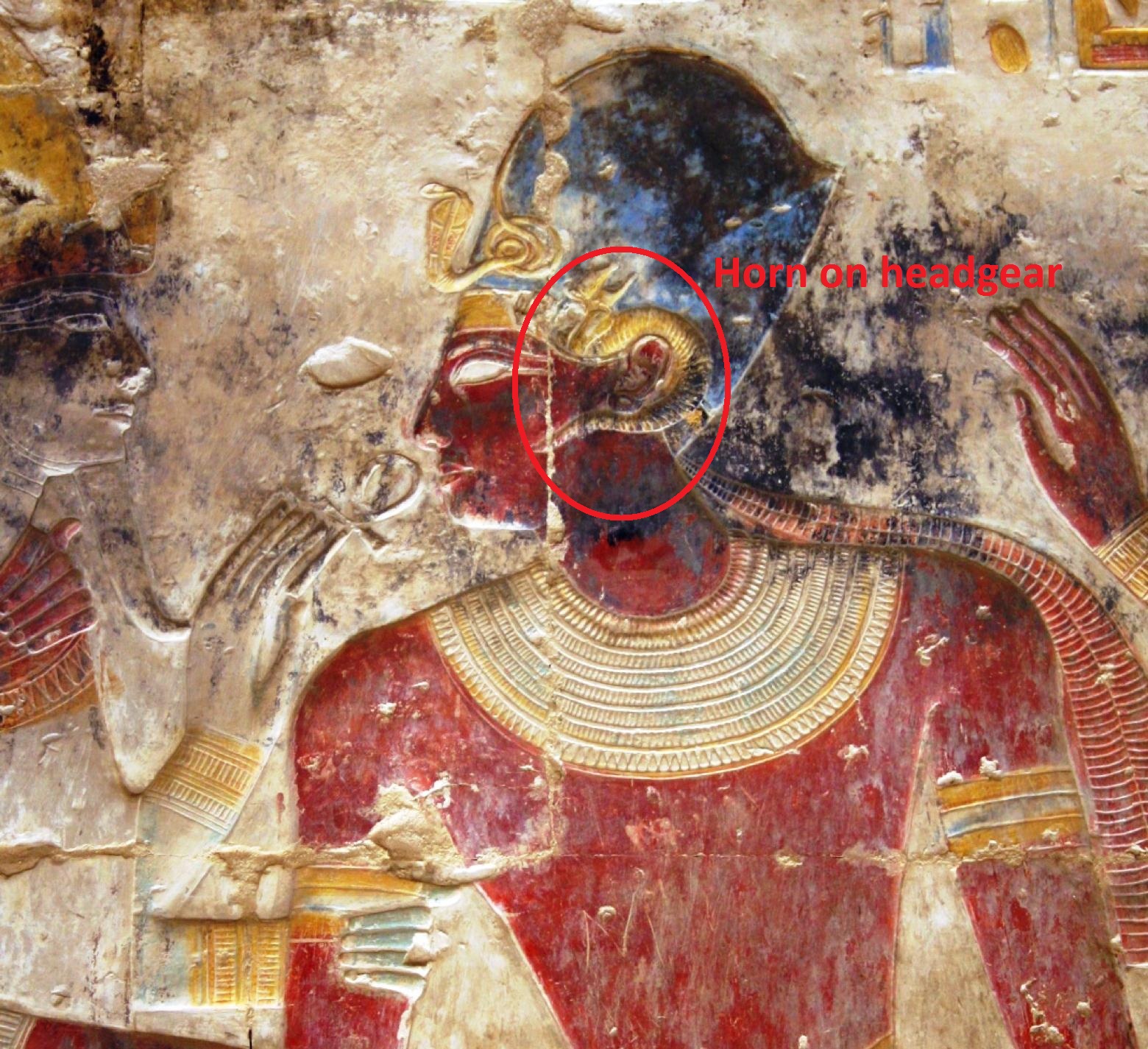
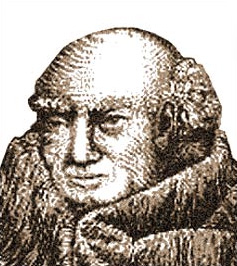

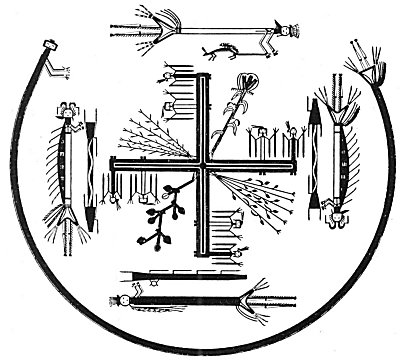
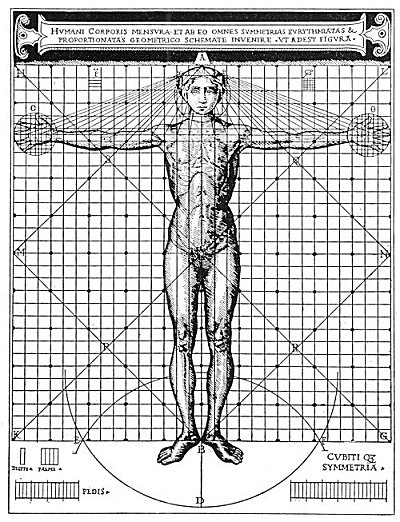
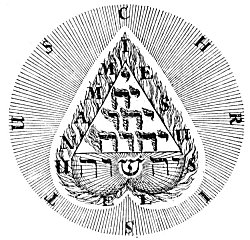
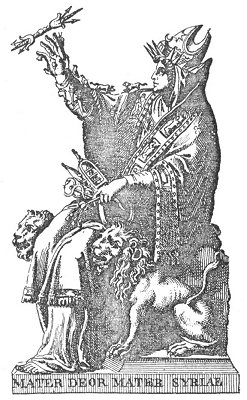
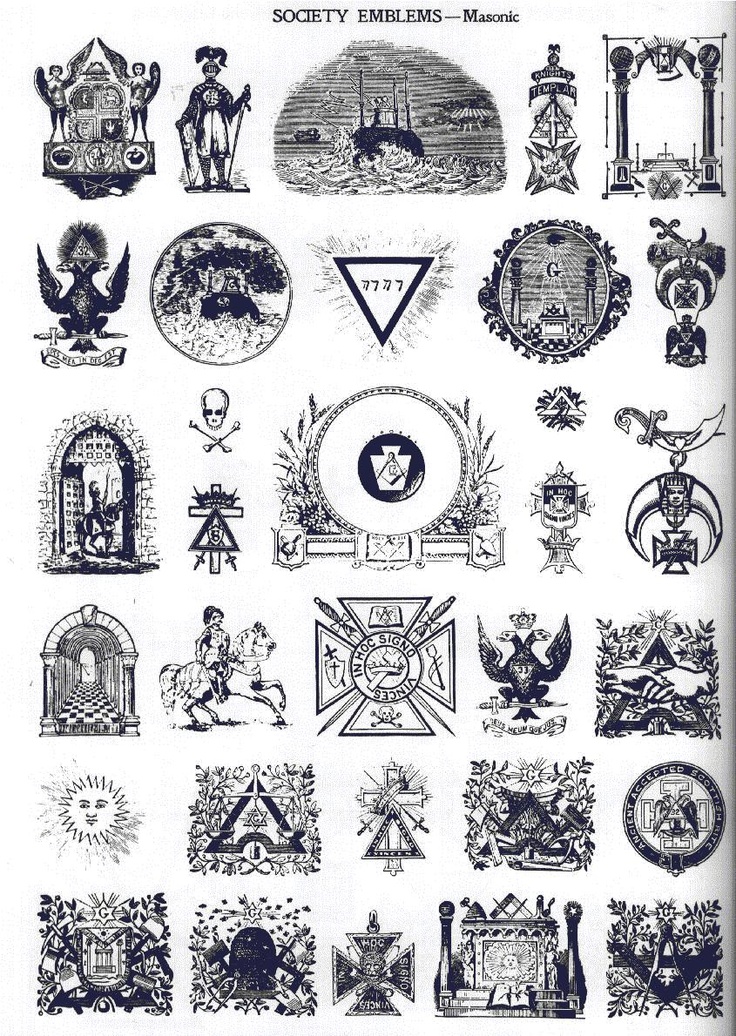
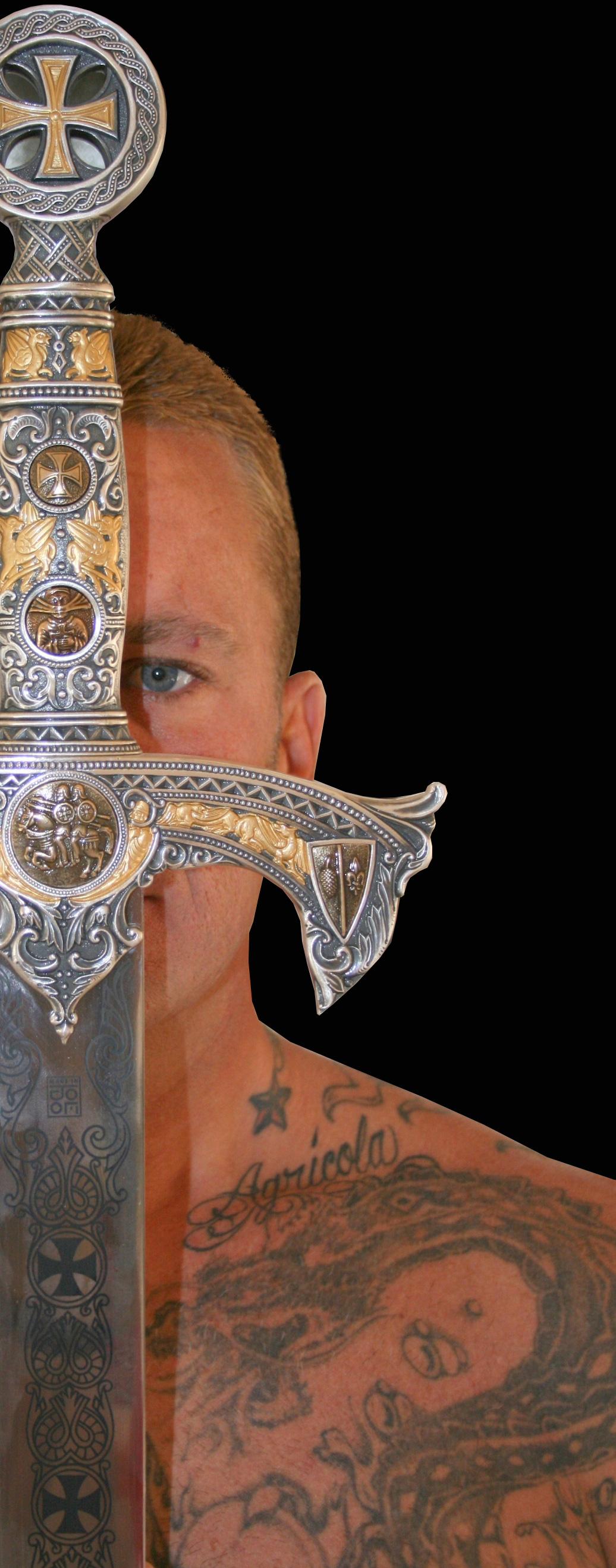
Thank YOU for the wonderfully written Article. I was born March 23rd and the Ram is my sign. To celebrate my identity with the Ram I purchased a white Ram’s head and hung it on my wall to remind me of the strength and power within me, especially, during difficult times. With so much religious background I found in your article I’m tempted to re-think keeping It. However, because it does NOT have any religious meaning to me, I may decide to keep it. As for the Christian God, I think he is a ‘Master’ of disguises. I believe he keeps re-inventing himself thru every culture. When I learned that the Egyptian’s’ had the Ten Commandment long before they were given to Moses, I began suspecting FRAUD!!! This is where and when I got the idea that Jehovah aka Yahweh was re-inventing and masquerading himself throughout every religion right thru the Aztec Indian religion despite cross pollination by the people of that time in Beliefs? IT is the SAME Spirit with a new face and name. IF I am correct this is the behavior of a lizard, specifically, the camellian lizard? And that enough warning for me to be careful with the Hebrew and Christian God? Nevertheless, thank YOU for this well-informed article. I’m going to look for a link in hopes of subscribing to your channel. Have a wonderful day!